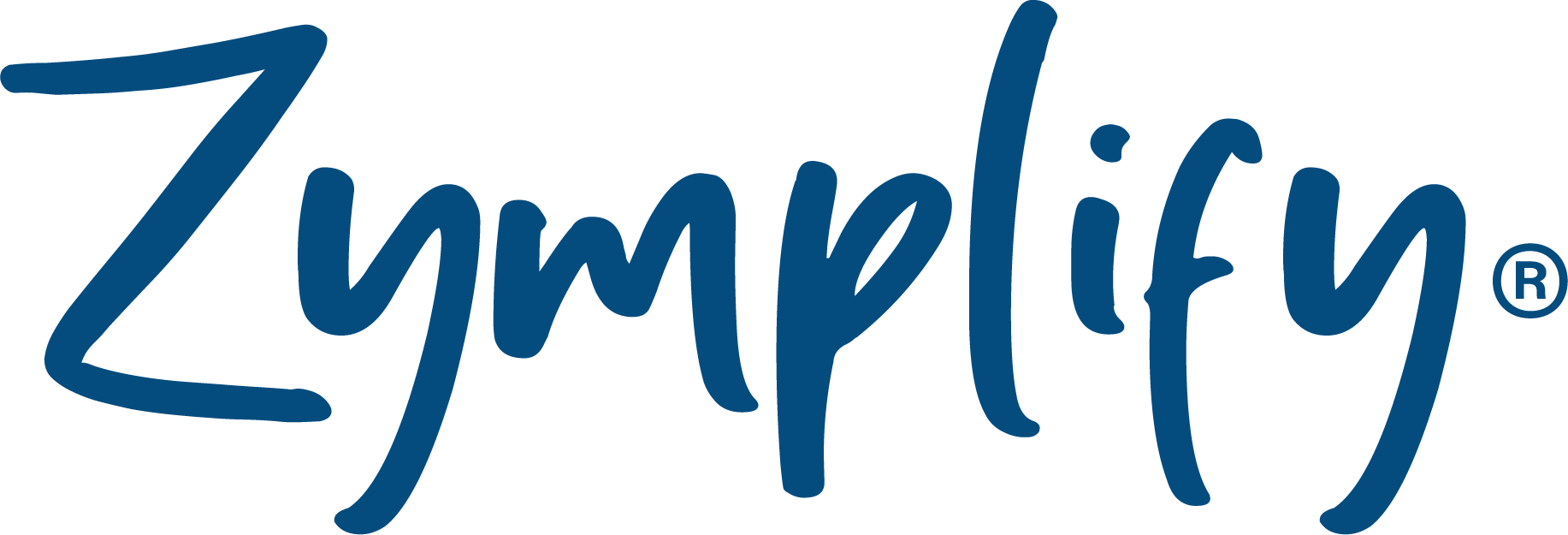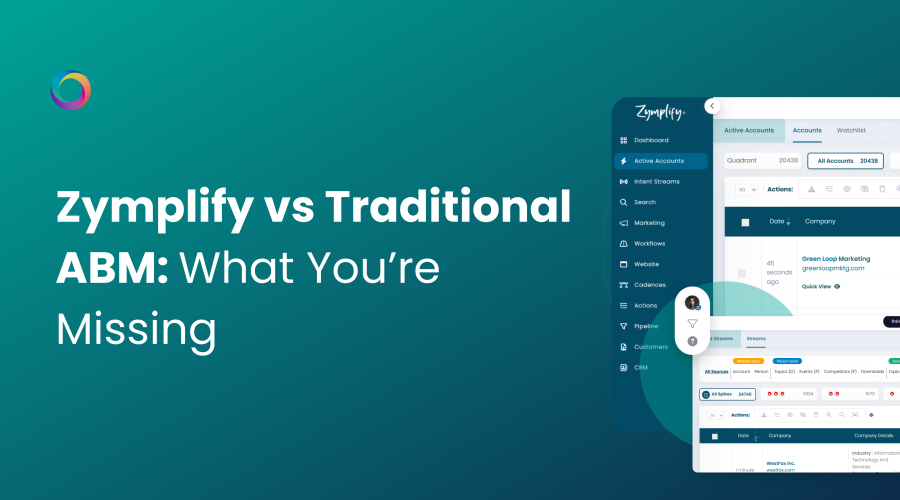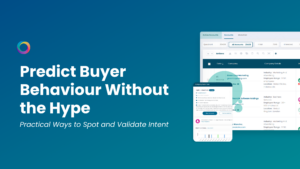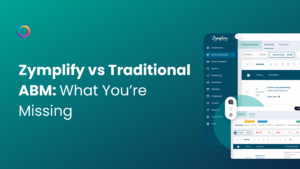Account-Based Marketing (ABM) has been a go-to B2B strategy for over a decade. The concept is sound: focus your resources on the accounts most likely to buy, and personalise every interaction.
But here’s the problem — most ABM programs underperform.
According to ITSMA, only 1 in 5 marketers say their ABM efforts meet or exceed expectations.
One of the biggest culprits? The technology behind them.
The majority of ABM platforms were built for enterprise — with enterprise budgets, enterprise implementation cycles, and enterprise-sized teams in mind.
They’re powerful, yes, but they’re also expensive, complex, and often inaccessible for the mid-market and scaling B2B companies that make up the majority of the market.
If you’re working in a leaner team or growth-stage company, these tools can end up costing more than they return — and slowing you down when speed is critical.
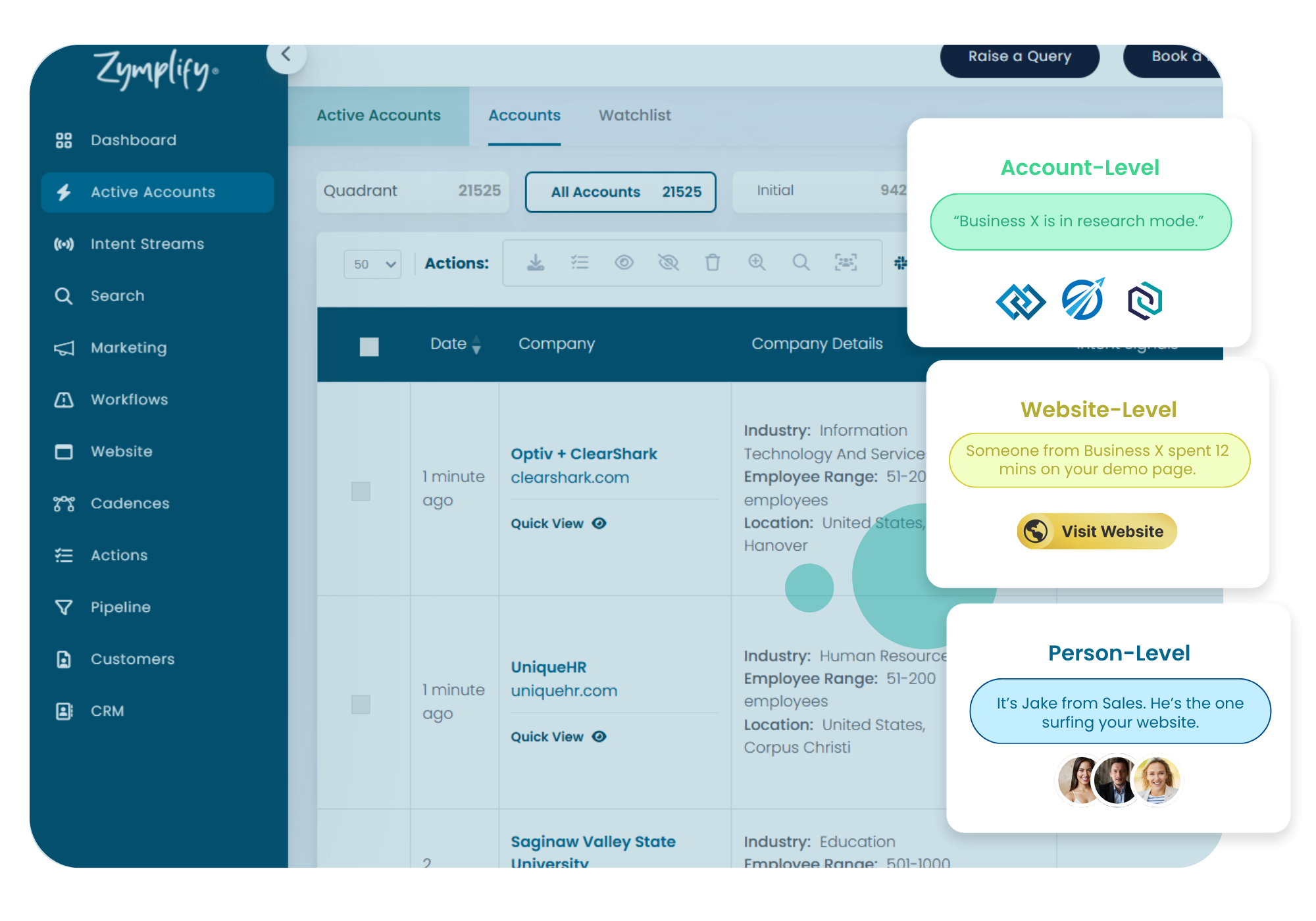
The Limitations of Traditional ABM
1. Enterprise-First Pricing
Platforms like Demandbase and 6sense are priced for Fortune 500 companies, with contracts often starting in the six-figure annual range.
By the time you factor in:
- Additional data sources
- Integrations with CRMs and marketing automation
- Extra user seats for your team
…you’re quickly looking at a total cost of ownership that can exceed your entire digital marketing budget.
For many mid-market companies, that’s not just a financial stretch — it’s a strategic risk. Every pound or dollar tied up in software is budget you can’t invest in campaigns that drive revenue.
2. Over-Complexity That Creates Friction

Enterprise ABM tools are feature-rich but often over-engineered for leaner teams. You get a stack of capabilities — predictive modelling, complex orchestration workflows, deep integrations — that may sound impressive, but require:
- Weeks or months of onboarding
- Dedicated admin resources
- Multiple training sessions for sales and marketing teams
This complexity delays activation. And in B2B sales, delayed action means lost deals.
When you finally get the system running, buyer intent may have already shifted elsewhere.
3. Narrow or Delayed Intent Signals
Many ABM platforms still rely on intent data from a limited set of sources — often content consumption from one or two publisher networks.
The problem? The modern buyer’s research journey is fragmented:
- They read peer reviews on G2 or TrustRadius
- They visit your website multiple times without filling a form
- They attend industry webinars — sometimes hosted by your competitors
- They interact on LinkedIn without ever clicking a campaign ad
If you’re only capturing part of that activity, you’re missing the full picture — and that means you’re engaging accounts with incomplete or outdated context.
4. Data and Execution in Separate Silos

With traditional ABM setups, you often have to move between three or more platforms to turn data into action:
- Your ABM platform for insights
- Your marketing automation tool for campaigns
- Your sales engagement tool for SDR outreach
The result? Lag time. Disconnected messaging. Opportunities slipping through the cracks.
Why Modern ABM Needs a New Approach
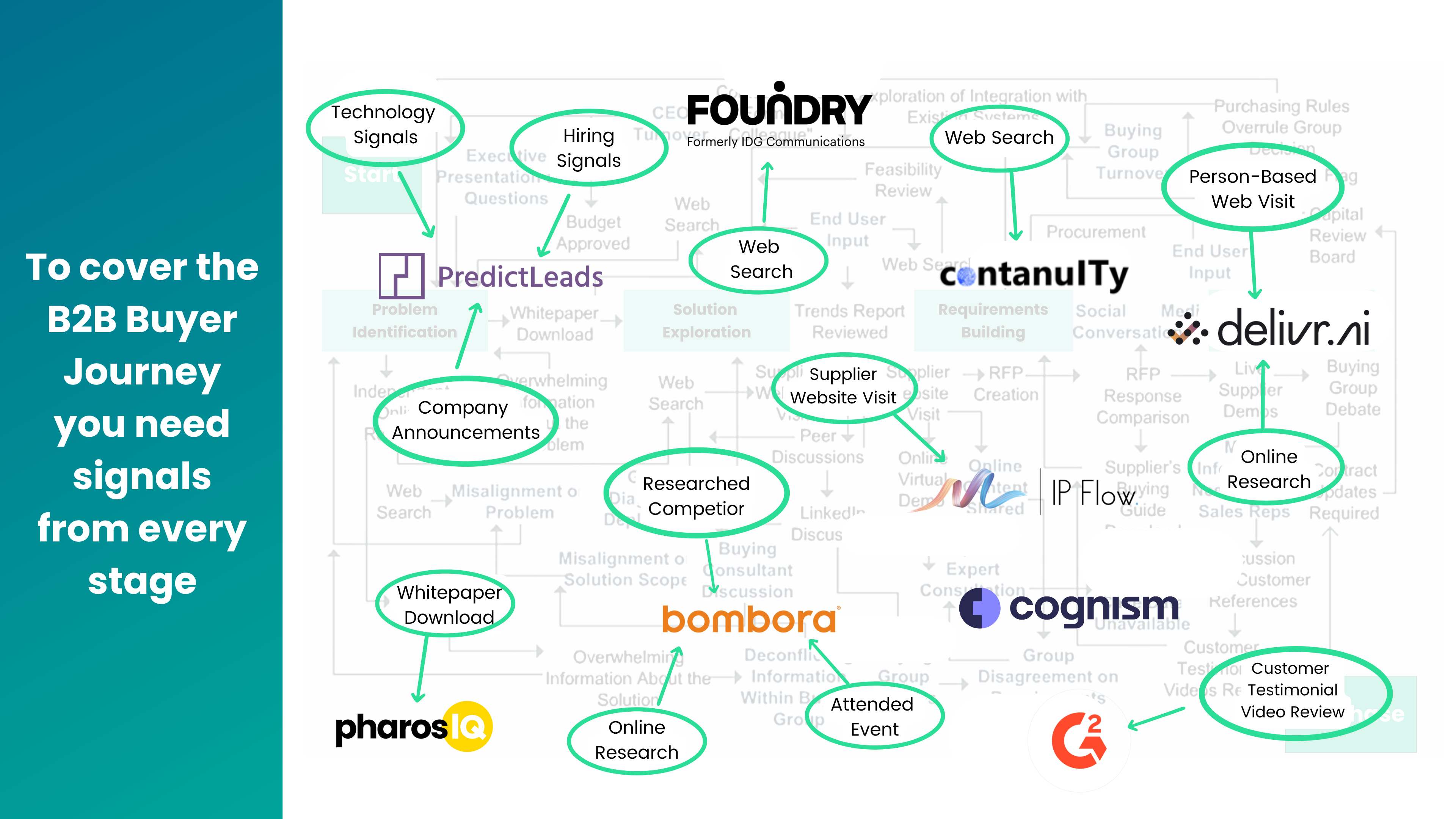
The B2B buying journey has changed dramatically in the last five years:
- Buyers are anonymous longer in their journey, self-educating before they speak to sales
- Buying groups are larger and more cross-functional, making it harder to pinpoint decision-makers
- Demand is more fluid, with new opportunities emerging in weeks, not quarters
Modern ABM needs to adapt to this reality by being:
- Accessible – Affordable for mid-market teams, with pricing that allows you to scale without committing to six figures upfront
- Comprehensive – Combining account, person, and website intent from multiple trusted sources
- Fast – Moving from signal to engagement in hours, not weeks
- Integrated – Bringing data, scoring, and execution into one platform so GTM teams can act without delays
How Zymplify Makes ABM Accessible (and Effective)
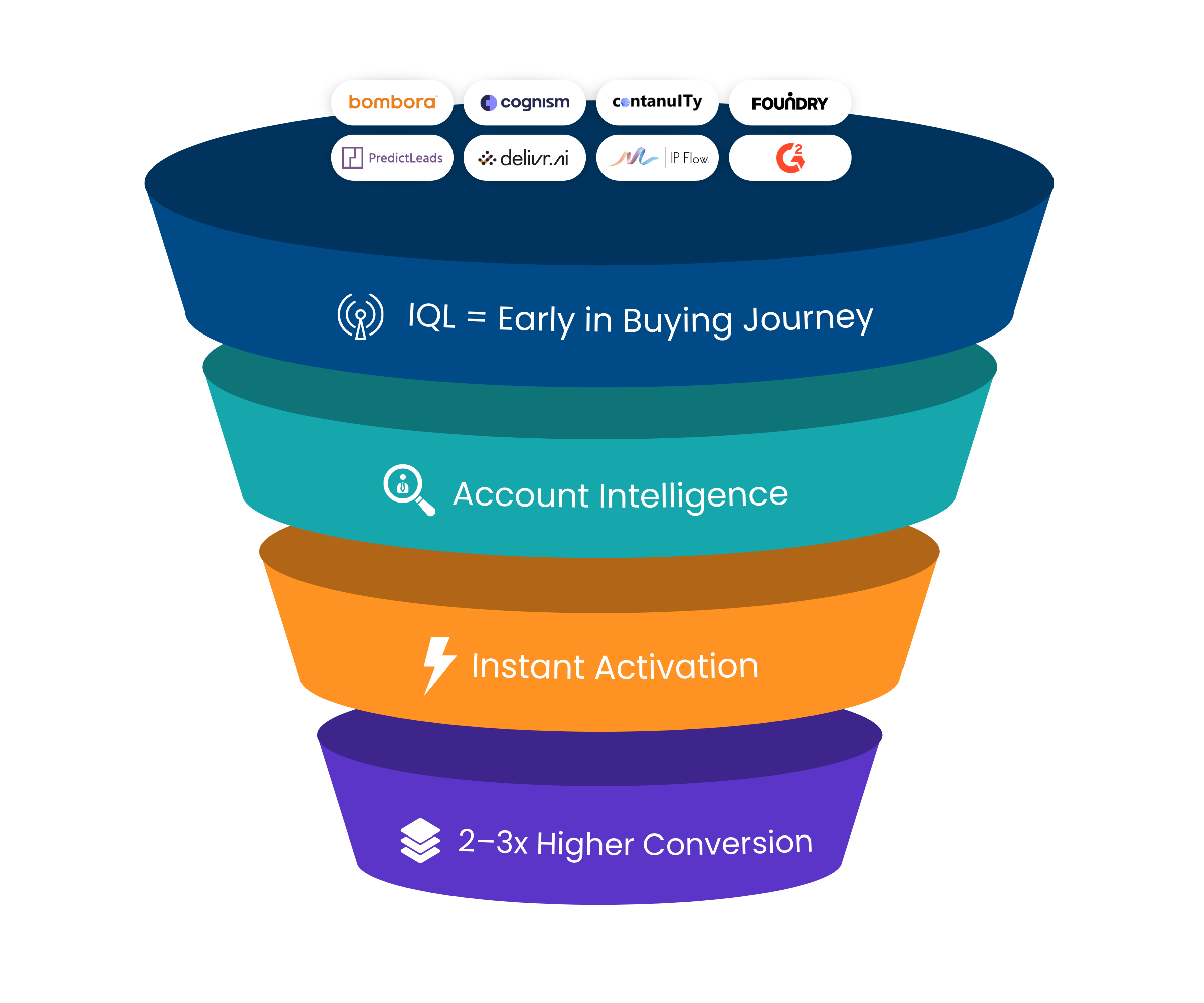
Zymplify was designed to bring the best of enterprise-grade ABM to scaling B2B teams — without the cost, complexity, or slow speed-to-value.
1. Multi-Source Intent in One Platform
Zymplify aggregates 20+ intent data sources into one unified view, covering:
- Account-level signals – Companies showing surges in research for your category or competitors
- Person-based intent – Individual buyer actions, like viewing pricing pages or downloading competitor content
- Website intent – First-party visitor tracking to identify anonymous website visitors
This means you don’t just know that a company is active — you know who is researching, what they care about, and when they’re most likely to engage.
2. Real-Time Research Quadrant™ Scoring
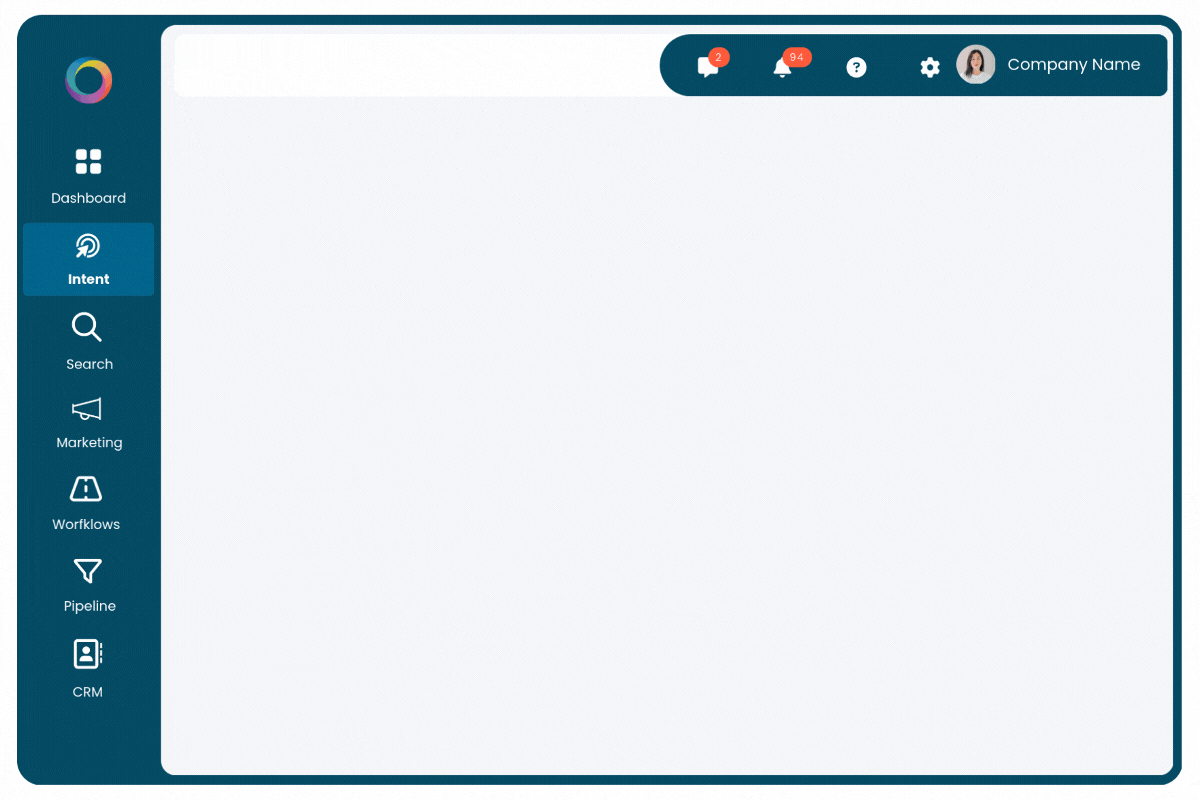
Our proprietary scoring model evaluates every account and contact across three dimensions:
- Signal strength – How intense the activity is
- Signal density – How many people in the account are active
- Journey progression – Where they are in the IQL → MQL → SQL funnel
This real-time scoring means your team can:
- Spot early-stage interest before competitors
- Focus on sales-ready accounts
- Align messaging to the buyer’s stage for maximum relevance
3. Integrated Outreach and Campaign Activation
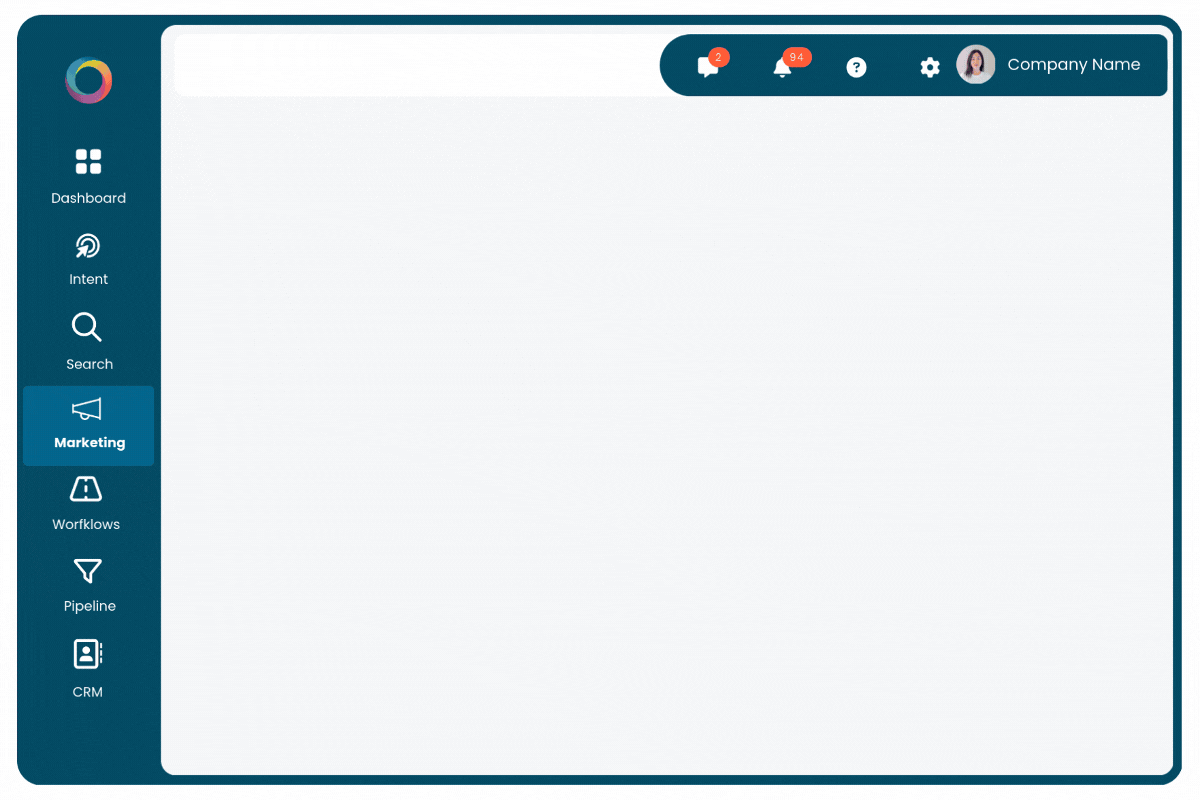
Unlike point solutions that require exporting data, Zymplify lets you act directly from the platform:
- Trigger SDR alerts the moment accounts hit a certain score
- Launch personalised sequences or retargeting ads
- Sync signals straight to your CRM
This cuts days or weeks out of your response time — a key advantage when timing is everything.
4. Pricing Built for Scaling Teams
We’ve stripped out the enterprise-only pricing model. With Zymplify, you can:
- Start small and expand as you grow
- Pay for what you actually use
- Get ROI faster because you’re investing in campaigns, not just licences.
It’s modern ABM — without the sticker shock.
Why This Matters for Mid-Market Growth
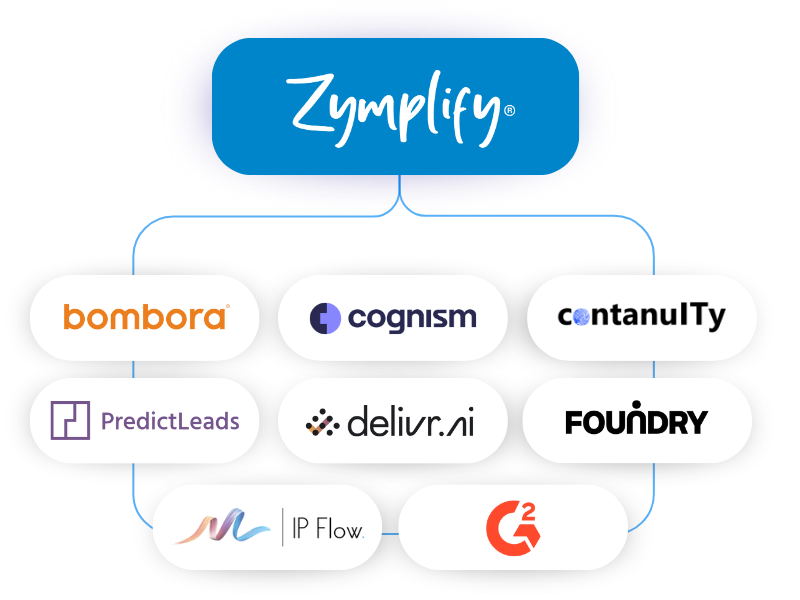
Mid-market companies are in a unique position — they need the sophistication to compete with enterprise brands, but the agility to move faster.
Zymplify makes that possible by:
- Leveling the playing field with enterprise-grade data and scoring
- Removing the tech sprawl that slows execution
- Delivering pricing that makes ROI achievable in months, not years
If you’ve dismissed ABM in the past because it felt too complex, too slow, or too expensive — it’s time to revisit the strategy.
Conclusion – The Real Difference
Traditional ABM tools give you static lists, siloed data, and high costs.
Zymplify gives you:
✅ Multi-source intent
✅ Real-time scoring
✅ Built-in outreach
✅ Pricing that works for scaling teams
The result? More pipeline, faster — without the enterprise price tag.
🎯 Stop running ABM on yesterday’s data — and stop paying enterprise prices to do it.
See how Zymplify makes modern ABM accessible for scaling B2B companies → https://d36.co/1bV1m

